Onion sets Radar F1 fraction 10-21mm, seeds weight mesh 20kg
$131.3
Onion sets Radar F1 fraction 10-21mm, seeds weight mesh 20kg
250 in stock
Radar onion is a Dutch variety of Radar F1. Belongs to the onion subfamily and the amaryllis family. It has very strong outer scales, so it can withstand frosts down to -15 ° C in the absence of a high level of snow and up to -23 ° C if it is present. It is thanks to the ability to tolerate cold temperatures that the plant is resistant to shooting. Also, the advantage of this winter onion is its immunity to pests and diseases. So planted onions will feel comfortable all winter long. Another distinctive feature of the Radar bow is the large head size. Grow the bulbs at 150 gr. will not be difficult. In some years, with careful care, the heads of the Radar variety can reach 300 g in weight. Radar onions have dark green leaves with a slight waxy bloom, the bulbs are slightly flattened, rounded, golden in color. They are very dense. They can reach a mass of up to 300-500 grams. They have a large root system. Due to the very dense outer and inner scales, this type of onion can be stored for a long time. The advantage of onion radar is that large bulbs ripen by May, by the time the main stocks have already run out. How is the landing made? There are a lot of advantages in planting onions for the winter, in contrast to the usual one. Firstly, saving time for planting – planting and caring for a bow radar does not require special skills and abilities. Secondly, the onions that have grown after winter are very good and healthy. The weak die during the winter. Planting winter onions in the fall is much cheaper than in the spring, since planting material is not so expensive. There are many varieties of onions for the winter, the principle of sowing is about the same. The most fertile soil for winter onions is after legumes, potatoes, grains, cucumbers and corn. Fertilizing the soil before planting onions for the winter, in 1-2 months, will not harm, but the structure of the soil will improve. Although this variety can be planted on almost all types of soils, it is completely unpretentious to the ground. It is better to buy the smallest set. With a lot of small peas, you can plant a lot more. Before planting, the soil must be cultivated and cleaned. Sowing seeds should be carried out on an area of 1.2 million hectares in the fall, when the entire crop has already been harvested. The soil should have time to sink and compact a little. For convenience, you can draw rows and fill in a row of seeds according to the 1×10 scheme to a depth of 3 cm.But if the ground has long been empty and has cooled down, the seeds can be filled up to a depth of 6 cm. Planting must be completed before the onset of severe cold weather, because he has to take root in time. After planting, it is recommended to cover the sowing with something, but this is not necessary for a radar onion. You can play it safe, as weather conditions can be completely unpredictable. Dry leaves or hay can be used as cover. Never use plastic wrap. Caring for Radar Onions: Despite the fact that planting and caring for Radar onions is quite simple, for its successful cultivation, you need to know about some recommendations: The most dangerous pest for a plant such as a radar winter onion is the onion fly. They treat it with special insecticide substances. Onion cultivation can be prevented by radar disease. To avoid it, you need to treat the plant with contact fungicides, copper oxychloride every two weeks. If the humidity in the air is high, processing should be done once a week. Weeds must not be allowed to grow. If the beds had a shelter, do not forget to remove it immediately after the snow melts. But for a radar bow it is not at all necessary to make a cover. It is better not to thicken the planting. When the winter onion grows, it is necessary that the beds thin out a little, and the distance between them is about 10 cm. Even an experienced gardener can fail. The reasons may be the following factors: Winter onion radar grows by April. If the bulbs are planted too early, they will have time to germinate during the winter. In very damp soil, the bulbs can smolder. You cannot plant bulbs deeper than 10 cm. And the last factor that no one can predict accurately is the weather conditions. Too frequent thawing and hypothermia can spoil the bulbs. Weeds must not be allowed to grow. If the beds had a shelter, do not forget to remove it immediately after the snow melts. But for a radar bow it is not at all necessary to make a cover. It is better not to thicken the planting. When the winter onion grows, it is necessary that the beds thin out a little, and the distance between them is about 10 cm. Failure can befall even an experienced gardener. The reasons may be the following factors: Winter onion radar grows by April. If the bulbs are planted too early, they will have time to germinate during the winter. In very damp soil, the bulbs can smolder. You cannot plant bulbs deeper than 10 cm. And the last factor that no one can predict accurately is the weather conditions. Too frequent thawing and hypothermia can spoil the bulbs. Weeds must not be allowed to grow. If the beds had a shelter, do not forget to remove it immediately after the snow melts. But for a radar bow it is not at all necessary to make a cover. It is better not to thicken the planting. When the winter onion grows, it is necessary that the beds thin out a little, and the distance between them is about 10 cm. Failure can befall even an experienced gardener. The reasons may be the following factors: Winter onion radar grows by April. If the bulbs are planted too early, they will have time to germinate during the winter. In very damp soil, the bulbs can smolder. You cannot plant bulbs deeper than 10 cm. And the last factor that no one can predict accurately is the weather conditions. Too frequent thawing and hypothermia can spoil the bulbs. But for a radar bow it is not at all necessary to make a cover. It is better not to thicken the planting. When the winter onion grows, it is necessary that the beds thin out a little, and the distance between them is about 10 cm. Failure can befall even an experienced gardener. The reasons may be the following factors: Winter onion radar grows by April. If the bulbs are planted too early, they will have time to germinate during the winter. In very damp soil, the bulbs can smolder. You cannot plant bulbs deeper than 10 cm. And the last factor that no one can predict accurately is the weather conditions. Too frequent thawing and hypothermia can spoil the bulbs. But for a radar bow it is not at all necessary to make a cover. It is better not to thicken the planting. When the winter onion grows, it is necessary that the beds thin out a little, and the distance between them is about 10 cm. Even an experienced gardener can fail. The reasons may be the following factors: Winter onion radar grows by April. If the bulbs are planted too early, they will have time to germinate during the winter. In very damp soil, the bulbs can smolder. You cannot plant bulbs deeper than 10 cm. And the last factor that no one can predict accurately is the weather conditions. Too frequent thawing and hypothermia can spoil the bulbs. The reasons may be the following factors: Winter onion radar grows by April. If the bulbs are planted too early, they will have time to germinate during the winter. In very damp soil, the bulbs can smolder. You cannot plant bulbs deeper than 10 cm. And the last factor that no one can predict accurately is the weather conditions. Too frequent thawing and hypothermia can spoil the bulbs. The reasons may be the following factors: Winter onion radar grows by April. If the bulbs are planted too early, they will have time to germinate during the winter. In very damp soil, the bulbs can smolder. You cannot plant bulbs deeper than 10 cm. And the last factor that no one can predict accurately is the weather conditions. Too frequent thawing and hypothermia can spoil the bulbs.
| Weight | 0.020 kg |
|---|


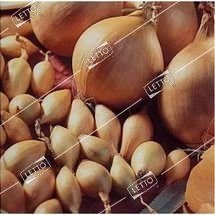

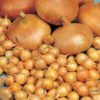
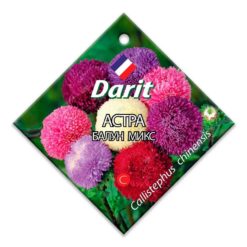
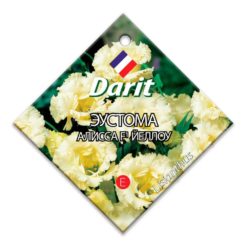
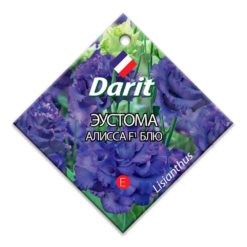


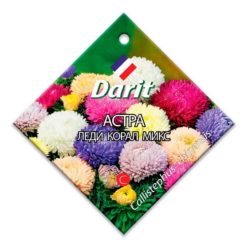
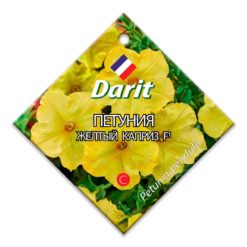

Reviews
There are no reviews yet.